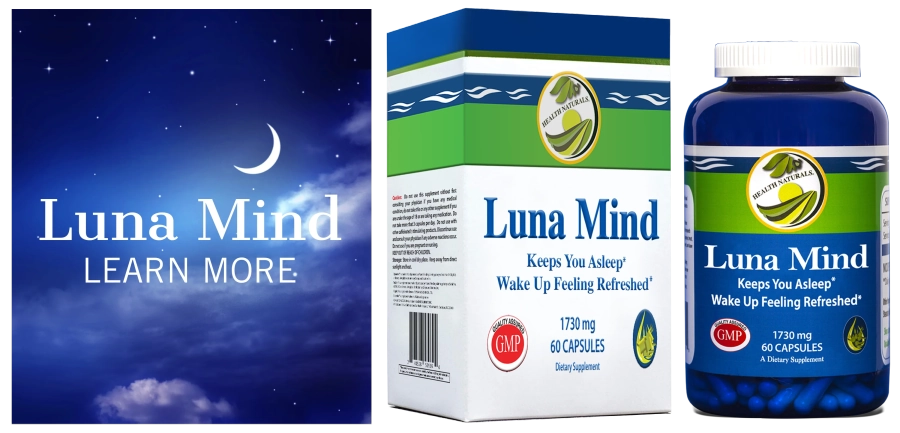World Need Bees, make Your Favorite Foods. Farmers whose crops require cross pollination the fruit orchardist, the herb farmer, a sunflower grower, those cultivating pumpkins or cucumbers or watermelons—all of them wait bees. And if they’re not keeping bees themselves, they must contract with commercial beekeepers to get them.
World Need The Bees, Make Your Favorite Foods
When farms were small and diversified, bee colonies were often part of the farm. The growth of industrial agriculture (see here ) has meant farms around the world are bigger than they’ve ever been. They rotate a smaller number of crops—or even just plant a single crop. As such, they need to be treated more intensely with pesticides; if one pest or disease slips by, it could threaten the entire crop.
The Almond Board of California’s annual reports offer an illustrative example of just how much farmers are reliant on bees—and how supplying those bees places much strain on beekeepers and bees.
You Better Bee Lieve It: Bees Make Your Favorite Foods
About one-third of the foods we regularly eat depend upon bee pollination. It provides the color and variety in our diet. Here are some popular native North and Central American foods pollinated by bees, compiled with research and statistics from Crop Pollination by Bees .
BLUEBERRY/CRANBERRY: Although there are native bee pollinators, such as the blueberry bee, commercial production is courtesy of rented honey and bumble bees.
SQUASH/PUMPKIN GOURDS: Native bees, such as the squash bee, are specialist pollinators. But as field size increases, growers must supplement with honey bee rentals to satisfy demand for Halloween pumpkins. All those pumpkin-spiced drinks and foods use the artificial essence of pumpkin.
AVOCADO: This popular fruit has very complex pollination needs. Individual trees produce an abundance of flowers. Honey bees are required for commercial production, but stingless bees pollinate avocados in Mexico and Central America.
LIMA (AND PINTO, NAVY, BLACK) BEANS: Yields of these legumes are improved by up to 30 percent when bees are present for pollination. They also produce a watery-white, highly fragrant honey. Lots of native bees visit beans.
TOMATO: Bumble bees are necessary in plastic/greenhouse production. Otherwise, employees often “pollinate” flowers with a vibrating toothbrush.
CHILE/BELL PEPPERS: Although these are self-pollinating, bee visitation increases fruit size and provides earlier and more uniform ripening and a more symmetrical pepper. Sonification, primarily by bumble bees, helps improve cross-pollination, given the wider distribution of pollen released when they shake flowers.
Almonds are a medium-size tree that grows well in the Mediterranean climate of California’s Central Valley. Nearly half of the world’s almonds are grown there. Because almonds are wholly dependent on pollination, yields are practically nonexistent without bees. According to bee economist Brittany K. Goodrich, there are 1 million acres of bearing trees currently, each acre of which requires one to two honey bee colonies for an economically sustainable yield. For the early season bloom of February and March, these farmers require the rental of 1.8 million of the estimated 2.7 million total colonies maintained by US beekeepers. This number, however, is far more than the beekeepers of California can annually maintain on a year-round basis. So, for this bloom period, two-thirds of the colonies are transported to the almond orchards from the Midwest, Texas, the Gulf Coast, and even as far away as New England.
For beekeepers, the fee to supply bees to almond farmers is outstanding—double or more what apple growers or blueberry farms are willing to pay later in the season—and way far more than they get for honey. But there is a major downside for the beekeeper: Colonies, even those coming from the deep southern states of Texas and Florida, are only beginning their spring expansion in February. To meet the minimum colony size, beekeepers need to artificially boost colony strength by feeding considerable amounts of sugar and protein to their bees, starting in early January. The movement to almond farms contributes to colony stress.
Due to the higher concentration of colonies in one place, bees from one colony may very well be exposed to the pests or viruses of bees from another.
Most of us are isolated from what is happening in agriculture. But worldwide there is an expansion of pollination-dependent crop planting. Ask most kids where milk comes from and the answer is “the milk carton”; ask them where apples come from and the response is “the grocery store.” Those same youngsters may know that honey comes from bees. What they’re less likely to know is that the alfalfa the dairy cows graze on was pollinated by bees or that the apple orchardist rented bees to ensure they had enough harvestable fruit to supply the supermarket.

